Metal Detecting Tips to Help You Find More Treasure
Metal detecting isn’t a complicated hobby, but it does take practice to master your metal detector and find more treasure. The more time you spend in the field, the greater the chances of finding something amazing. One thing we’ve learned from the hobby is that it takes a lot of patience. Some days, I’ll find a hot spot full of old coins; other days, I’ll find nothing but trash.
Here are some important tips that will help you find more cool stuff for your collection of metal detecting finds.
1. Always Carry Extra Batteries
Keeping fresh batteries in your metal detector is just as important as keeping gas in your car. Nothing is worse than running out of battery power while metal detecting an amazing spot and then realizing you don’t have an extra pack in your bag or a nearby place to buy them.
2. Metal Detect After Rain
From experience that moisture makes your search coil more sensitive to metal objects in the ground, even deeper objects that might normally go undetected. When the ground is really dry, conductivity is reduced. My favorite time of year to treasure hunt is spring when the soil is moist after thawing.
Dirt is a whole lot easier to dig in when it’s wet, too, and it doesn’t crumble and make a mess like it does when it’s dry. Disturbing the roots in wet soil is less likely to harm grass and trees. You might consider waiting until after a rain storm before you try out a new spot (or return to a spot you’ve “hunted out”) and see what you can find in the wet dirt.
3. Treasure Hunt in All-Metal Mode
Most metal detectors come with discrimination controls for trash and iron, and though these features are definitely useful in dirt loaded with garbage, sometimes the best way to metal detect is in all-metal mode with those features turned off. Treasure hunting in all-metal mode increases search coil depth, too.
When you turn off iron discrimination, the search coil detects all metal in the ground, including trash. However, this makes it possible to find targets with low conductivity, such as gold and relics made of lead and iron. metal detect in all-metal mode whenever possible with the coil sensitivity turned up to full bars.
4. Overlap Your Search Coil Sweeps
It’s easy to pass up coins and other goodies if you don’t overlap your coil sweeps enough. Another mistake is sweeping too fast. Some metal detectors are slower to process target IDs and audio signals than others, so if you sweep the ground too fast, objects will go undetected. That’s why, on a second trip out, you’ll often find things you missed the first time in the same spot.
Another tip is to always metal detect in small sections, focusing on one area at a time, and sweep the coil in different directions. Sometimes thin objects like coins and buttons are buried on edge and produce iffy signals, but ignoring them could mean passing up something amazing.
5. Research Local History
Sometimes I spend hours researching the history of a spot I want to metal detect, and by doing so, I know I will have a much higher chance of finding some old coins there. Randomly metal detecting somewhere without doing any research is usually a waste of time. Historical research is critical if you want to find things like rare silver coins and other cool stuff from the 1800s and earlier.
The best way to find promising places to metal detect is to look at 1800s plat maps on sites like Historic Map Works and Historic Aerials. You can also view old satellite images on Google Earth. I use Historic Map Works the most. The maps are free to view for research purposes. The site also allows you to overlay an old map with a modern one on Google Maps to make it easier to find new locations.
Another way I find new places to metal detect is by following the Historical Society of the town on Facebook. These Facebook pages are loaded with pictures and helpful information to get ideas for new spots. People will usually comment on these pictures too and even disclose the location sometimes.
6. Buy the Best Metal Detector You Can Afford
The term “you get what you pay for” holds true with metal detectors. If you’re a beginner, I strongly recommend buying the best metal detector you can afford instead of buying a low-quality one for cheap. When I first started out, I used a cheap detector someone gave me and soon realized I needed to find something better. I remember that the detector had no iron discrimination or ground balancing—basically, it was a garbage magnet.
A good metal detector should have iron discrimination controls, ground balancing, and a quality search coil with decent depth and sensitivity so you can maximize your finds. The most cost efficient way to buy your gear is to buy everything together in a pack instead of buying things separately.
7. Always Wear Headphones
There are definitely some disadvantages of wearing headphones while detecting. They can hurt your ears after a while, and the cord can dangle and get snagged on tree branches—unless, of course, you go wireless. But there are several good reasons why you should always wear them.
Well-insulated headphones cut out background noise and make it possible to hear faint audio signals from deep targets you wouldn’t otherwise hear. Many detectors don’t have a separate volume control knob for the external speaker, so there is no way to adjust the volume with the headphones disconnected.
Using the headphones instead of the external speaker saves a lot of battery power, too. I strongly recommend buying a set of waterproof headphones.
8. Metal Detect Old Homes
In all my time spent metal detecting different locations, my best spots for old coins are always old homes from the 1800s. These older homes usually have stone foundations and a Greek or Gothic architectural style. Research old plat maps online and find the oldest homes in your neighborhood. Knock on the door and ask permission to detect them.
Getting permission to metal detect old homes is a little weird the first couple times you confront a homeowner, but it’s worth the effort. The oldest coin I ever found came from a yard on private property. Other times, I’ve found gold and silver rings. Finding silver coins and old stuff in public parks isn’t easy. Sure, you can definitely find amazing stuff in parks, but parks are the first places to get hunted out.
9. Master Your Metal Detector
Mastering your metal detector takes a lot of time in the field practicing. Every detector has its own quirks and settings that take time to learn as you go. It took me around a year of treasure hunting before I learned the audio tones and target IDs on my metal detector. The more you use your detector, the more you’ll understand the numbers on your display screen and whether or not you should dig them.
When I go metal detecting now, I usually have a pretty good idea if the target is a coin or something else, based on the readout and audio tone. Reading your manual is one of the best things you can do to get the most out of your detector. I still have my manual and use it to get information on the frequency settings and other technical stuff.
10. Try Using a Small Coil
In dirt full of pull tabs and nails, using a combination of iron discrimination and a smaller coil will help you find silver coins and other goodies hidden among the garbage. A large coil is less effective in trashy soil because it detects too many objects at the same time and confuses the signal. A small coil picks up on fewer objects, so you can get in between them better and pull out the good stuff.
Make sure your coil is interchangeable as some are permanently attached. Typically, the stock coil is the bigger size (8.5 x 11). Try using a small coil, such as a 5 x 8. I returned to places I had already treasure hunted in the past and was pleasantly surprised to pull out a few coins I had missed with the larger stock coil. Having a back-up coil is important, too, in case one of them goes bad in the field.


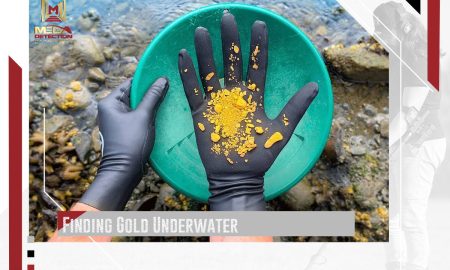
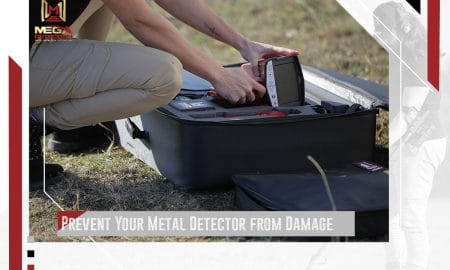

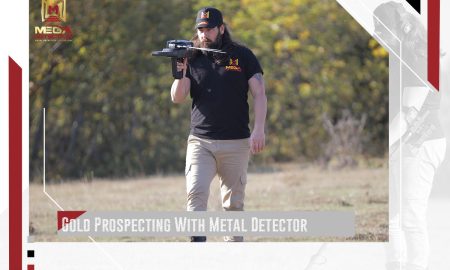
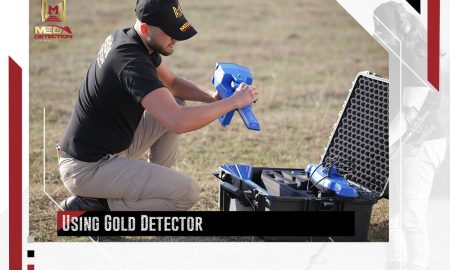

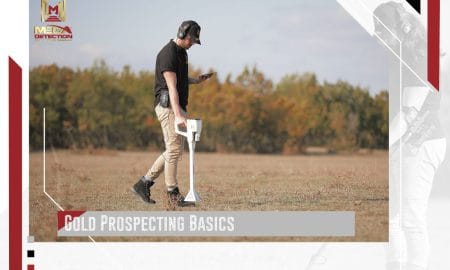

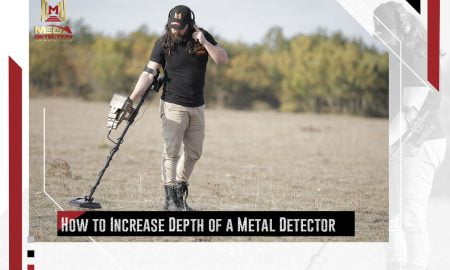
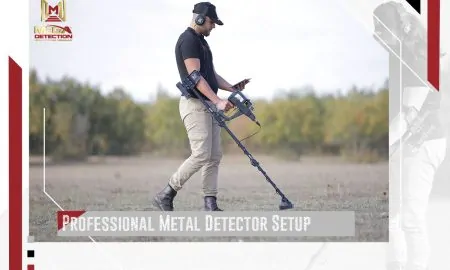
Leave a Reply